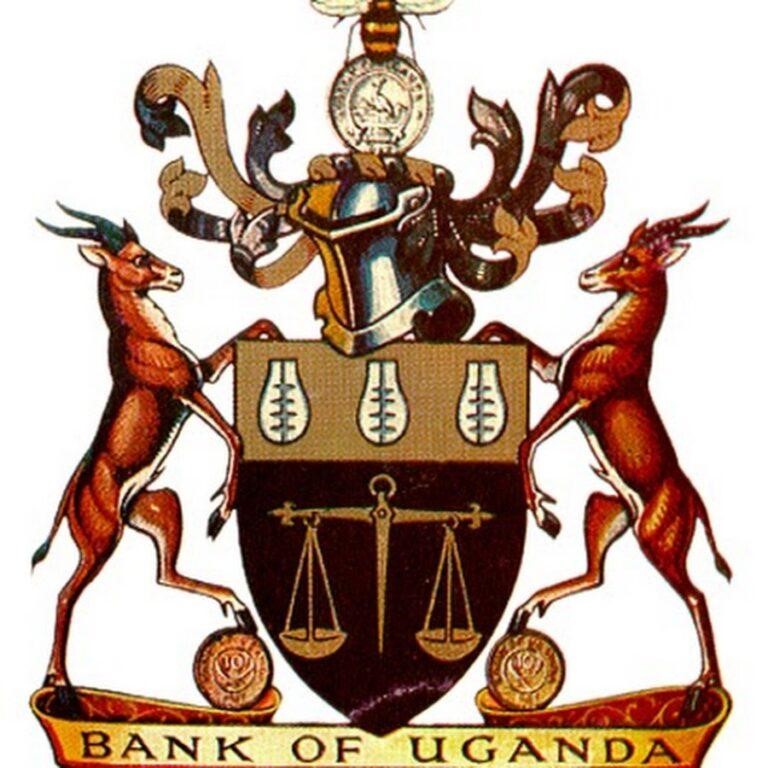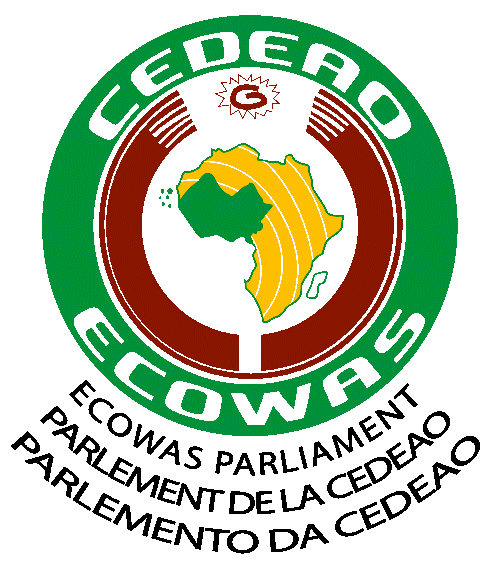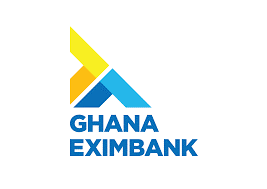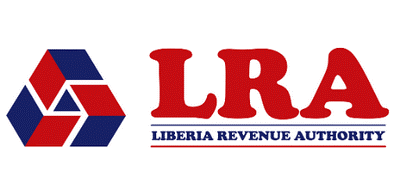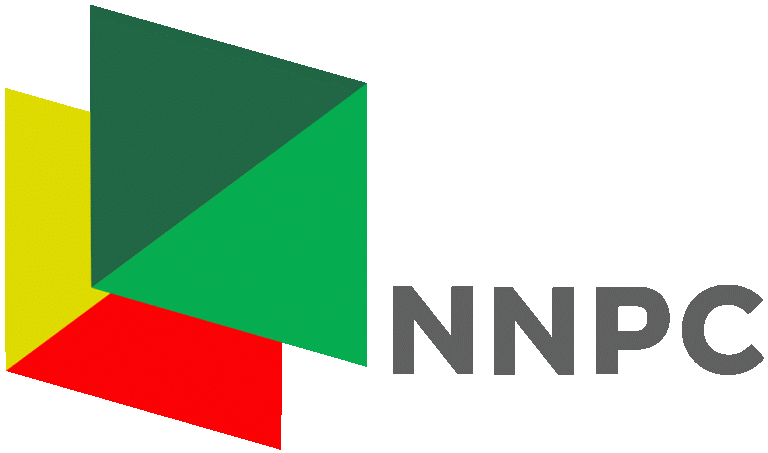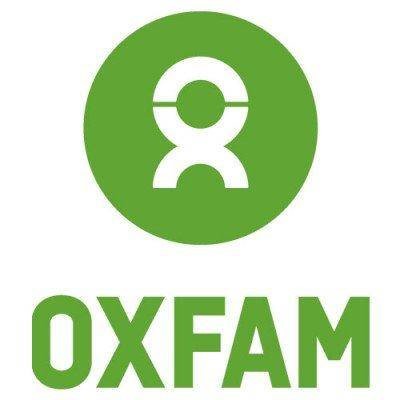TRAINING COURSE ON ADVANCED WEB APPLICATION DEVELOPMENT USING BOOTSTRAP, PHP, JAVASCRIPT AND MYSQL
INTRODUCTION
This course aims to equip participants with the skills necessary to build dynamic and responsive web applications using Bootstrap for front-end design, PHP for server-side scripting, Javascript and MySQL for database management. Through this course, learners will create a full-stack web application from scratch, integrating modern web design practices with robust back-end functionality.
COURSE OBJECTIVES:
- Deepen understanding of HTML5, CSS3, and modern JavaScript (ES6+).
- Learn advanced techniques for responsive design, animations, and performance optimization.
- Master client-side JavaScript frameworks and libraries (React, Vue, etc.).
- Understand asynchronous programming and API consumption with JavaScript (AJAX, Fetch, and Promises).
- Develop full-featured interactive and dynamic web applications.
- Understand how to design and manage databases using SQL.
- Connect a SQL database with a web application using JavaScript, HTML, and CSS.
- Handle database interactions through APIs and make web applications dynamic and data-driven.
- Implement best practices for database security and optimize database performance.
COURSE CONTENT
Module 1: Introduction To Web Application Development
- Overview of Web Development: Client-server architecture, role of front-end and back-end, and the HTTP request/response cycle.
- Introduction to Bootstrap, PHP, and MySQL: What they are and why they are used together in web development.
- Setting Up the Development Environment:
- Installing XAMPP (or similar LAMP/WAMP stack) to run PHP and MySQL locally.
- Installing Bootstrap through CDN or local setup.
HTML, CSS, and Bootstrap Fundamentals
- HTML5 Structure: Basic HTML tags, forms, tables, and semantic elements.
- Introduction to CSS: Styling basics, box model, and positioning.
- Bootstrap Basics:
- Grid system and layout fundamentals.
- Bootstrap components: navigation bars, buttons, forms, modals, alerts, etc.
- Bootstrap utilities: spacing, typography, and colors.
Module 2: PHP Fundamentals
- Introduction to PHP: Syntax, variables, data types, operators, and basic syntax.
- PHP Control Structures:
- Conditional statements (
if,else,switch). - Loops (
for,while,foreach).
- Functions in PHP: Creating and using functions, built-in PHP functions.
- Working with Forms in PHP: Handling form submissions,
GETvsPOSTmethods.
Module 3: Introduction to MySQL and Database Design
- Introduction to MySQL: What is a relational database? How does MySQL work with PHP?
- Database Design:
- Understanding tables, rows, and columns.
- Defining primary keys and foreign keys.
- Data types in MySQL (INT, VARCHAR, TEXT, DATE, etc.).
- Creating and Managing Databases:
- Using phpMyAdmin to create a database.
- Writing SQL queries to create tables, insert data, and manage records.
Connecting PHP to MySQL
- Connecting PHP to MySQL: Using
mysqliorPDOfor database connections. - Writing SQL Queries in PHP:
SELECT,INSERT,UPDATE, andDELETEstatements.- Fetching data from MySQL and displaying it in a PHP webpage.
Module 4: CRUD Operations in PHP and MySQL
- Create, Read, Update, Delete (CRUD) Operations:
- Creating forms for adding new records (e.g., new users).
- Displaying data from the database in an HTML table.
- Updating and deleting records using PHP forms.
- Data Validation: Server-side form validation using PHP.
User Authentication System
- User Registration:
- Designing a registration form with Bootstrap.
- Storing user data (e.g., username, email, password) securely in MySQL.
- User Login:
- Creating a login form.
- Verifying credentials against the database.
- Session Management: Using PHP sessions to manage logged-in users.
Module 5: Dynamic Web Applications with PHP and MySQL
- Handling File Uploads: Using PHP to handle file uploads and store them in the server.
- Pagination: Implementing pagination for displaying large datasets in chunks.
- Search Functionality: Creating a search form to query the database and return results.
- Sorting and Filtering: Adding sorting and filtering options for database queries.
Module 6: AJAX and PHP for Asynchronous Operations
- Introduction to AJAX: How to use AJAX to update parts of a web page without reloading.
- Using AJAX with PHP and MySQL: Sending and receiving data asynchronously.
- Creating a Real-Time Search Feature: Implementing a dynamic search that updates results without refreshing the page.
Module 7: Security in PHP and MySQL
- Preventing SQL Injection: Using prepared statements to secure SQL queries.
- Cross-Site Scripting (XSS): Understanding XSS attacks and how to prevent them by sanitizing user inputs.
- Cross-Site Request Forgery (CSRF): What it is and how to protect your web applications from CSRF attacks.
- Password Security: Hashing passwords and managing user authentication securely.
Module 8: Introduction to Databases and SQL
- Overview of Databases: What is a database? Importance of databases in web development.
- Types of Databases: Introduction to relational databases (SQL) and NoSQL databases.
- SQL vs. NoSQL: Key differences and when to use SQL.
- Setting Up a SQL Database: Installing MySQL or PostgreSQL locally or using cloud solutions (e.g., AWS, Heroku).
Database Design
- Understanding Data Models: What is a relational data model? Entities, attributes, and relationships.
- Normalization: Breaking down tables to avoid redundancy and ensure data integrity.
- Primary and Foreign Keys: Understanding table relationships and enforcing data integrity.
Advanced SQL Queries
- Joining Tables: How to combine data from multiple tables using JOIN (INNER, LEFT, RIGHT).
- Filtering and Sorting Data: Using WHERE, ORDER BY, and GROUP BY to manipulate query results.
- Aggregate Functions: Using functions like COUNT(), AVG(), MAX(), MIN(), and SUM() for summarizing data.
- Subqueries: Embedding queries within other queries for complex data retrieval.
Module 9: Integrating SQL with Web Applications
- Client-Server Model: How the front-end interacts with the back-end and database.
- Setting Up a Back-End Server: Using Node.js or PHP to handle requests from the front-end and interact with the database.
- Connecting to the Database: Set up a connection between the server and a SQL database using a library like mysql2 or pg (for PostgreSQL).
Module 13: Front-End Integration with Database Queries
- JavaScript and the Fetch API: How to send HTTP requests from the front-end to retrieve or send data.
- Asynchronous Data Handling: Use of promises and async/await to handle database responses.
- Displaying Data Dynamically: Using JavaScript to fetch data from the server and update HTML elements dynamically.
Database Security and Best Practices
- SQL Injection: Understanding SQL injection attacks and how to prevent them using prepared statements and parameterized queries.
- Data Validation: Validating and sanitizing inputs from the front-end before sending them to the database.
- Managing Sensitive Data: Hashing passwords and encrypting sensitive information stored in the database.
Database Optimization and Indexing
- Indexing: How to create indexes to improve database query performance.
- Query Optimization: Best practices for writing efficient SQL queries to reduce load times.
- Database Normalization vs. Denormalization: Understanding when to normalize or denormalize data for performance optimization.
CERTIFICATION
Upon successful completion of this training, participants will be issued with Macskills Training and Development Institute Certificate
Training Course On Advanced Web Application Development Using Bootstrap, Php, Javascript And Mysql in Kenya
| Dates | Fees | Location | Action |
|---|---|---|---|
| 25/08/2025 - 29/08/2025 | $1,250 | Nairobi |
|
| 01/09/2025 - 05/09/2025 | $4,000 | Johannesburg |
|
| 15/09/2025 - 19/09/2025 | $2,900 | Kigali |
|
| 22/09/2025 - 26/09/2025 | $1,250 | Nairobi |
|
| 06/10/2025 - 10/10/2025 | $4,000 | Johannesburg |
|
| 13/10/2025 - 17/10/2025 | $2,900 | Kigali |
|
| 27/10/2025 - 31/10/2025 | $1,250 | Nairobi |
|
| 03/11/2025 - 07/11/2025 | $4,000 | Johannesburg |
|
| 10/11/2025 - 14/11/2025 | $1,500 | Mombasa |
|
| 24/11/2025 - 28/11/2025 | $1,250 | Nairobi |
|
| 01/12/2025 - 05/12/2025 | $4,000 | Johannesburg |
|
| 08/12/2025 - 12/12/2025 | $1,250 | Nairobi |
|
| 05/01/2026 - 09/01/2026 | $4,000 | Johannesburg |
|
| 19/01/2026 - 23/01/2026 | $1,750 | Mombasa |
|
| 26/01/2026 - 30/01/2026 | $1,250 | Nairobi |
|
| 02/02/2026 - 06/02/2026 | $4,950 | Dubai |
|
| 16/02/2026 - 20/02/2026 | $2,900 | Kigali |
|
| 23/02/2026 - 27/02/2026 | $1,250 | Nairobi |
|
| 23/02/2026 - 27/02/2026 | $1,250 | Nairobi |
|
| 02/03/2026 - 06/03/2026 | $4,000 | Pretoria |
|
| 16/03/2026 - 20/03/2026 | $1,750 | Mombasa |
|
| 23/03/2026 - 27/03/2026 | $1,250 | Nairobi |
|
| 06/04/2026 - 10/04/2026 | $4,950 | Instanbul |
|
| 13/04/2026 - 17/04/2026 | $2,900 | Kigali |
|
| 20/04/2026 - 24/04/2026 | $1,250 | Nairobi |
|
| 04/05/2026 - 08/05/2026 | $4,000 | Johannesburg |
|
| 18/05/2026 - 22/05/2026 | $1,750 | Mombasa |
|
| 25/05/2026 - 29/05/2026 | $1,250 | Nairobi |
|
| 01/06/2026 - 05/06/2026 | $4,950 | Dubai |
|
| 15/06/2026 - 19/06/2026 | $2,900 | Kigali |
|
| 22/06/2026 - 26/06/2026 | $1,250 | Nairobi |
|

